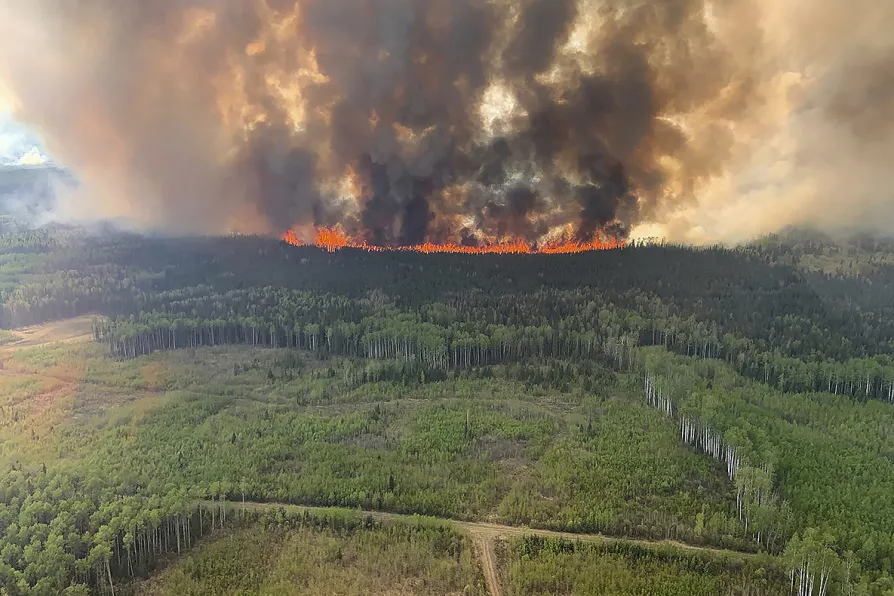MIKE COWLEY welcomes half a century of remarkable work, that begins before the Greens and invites a connection to — and not a division from — nature

 The Bald Mountain Wildfire burns in the Grande Prairie Forest Area on Friday, May 12, 2023
The Bald Mountain Wildfire burns in the Grande Prairie Forest Area on Friday, May 12, 2023
MORE than 30,000 people were forced to evacuate and oil production was forced to halt in Alberta, which is Canada’s largest producer of crude oil and natural gas. The province has discontinued the production of the equivalent of 145,000 barrels of oil amidst the fires.
While recent rain showers have slowed the progression of several fires, the storms could also bring lightning to the area, which could spark more flames, according to Marc-Andre Parisien, a research scientist at the Canadian Forest Service. Additionally, the end of this week is set to bring more hot, dry conditions to the area that could stoke and spread any remaining fires.
The wildfires started after an unusually dry spring in the area and a heatwave, which made an incendiary combination.














